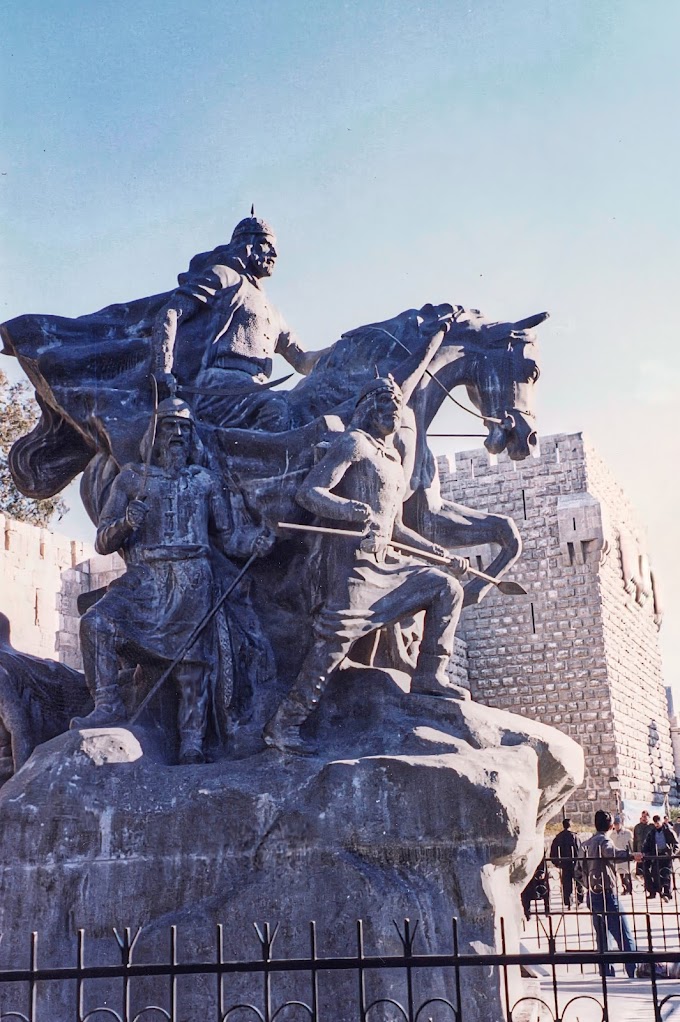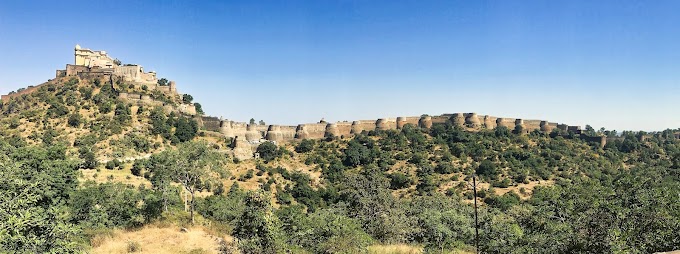As we head out for another day of work, a left turn out of our complex leads us to a bright blue, two-story house. White clouds and a doctor bird are painted on the house owned by a nationally known singer who once sang a duet with Kingston’s own Shaggy.
We take an indirect zig-zag approach to work in order to avoid the congestion of Hope Road, the main road in this part of the capital city. North Americans talk of how aggressive Jamaican drivers - taxi drivers in particular - can be behind a wheel. After living in Asia and South America, however, they seem downright hospitable with their “blies” (they will actually stop to let you make a turn).
Instead of heading to Hope Road, we turn left at the blue house which brings us to a lower-income neighbourhood that backs onto a gully - a five-metre wide and four-metre deep cement drainage ditch that funnels the heavy rains and tropical storms that dominate the autumn months. Still lying in rubble sits a collapsed home caused by a weakness in the gully - a sad reminder of the family of seven, all dead because of the poor construction.
There’s a story that the construction companies lay the rebar, get permission from the city to pour cement, and then lift the rebar and move it to another location after the city engineers have left. In an attempt to save money, the construction company pours the cement without the rebar leaving weak walls.
Our tires crush some mangoes that have fallen overnight. Further down the street, a man with a coat hanger attached to a long pole picks some mangoes from his tree. A friendly woman waves good morning just as she does every morning. A man, with a long scar on the back of his head sits by the side of the road. He’ll be there on our drive home. He never looks up or waves; he just sits there day after day looking at the ground. We wonder what his story is.
Boys and girls in light brown uniforms start to fill the streets as they walk toward the bus stops. On Saturday, the brown uniforms will be replaced by church clothes. The men will wear suits with a fedora while the women don colourful dresses with wide-brimmed church hats. The neighbourhood has a Seventh Day Adventist church nearby, which explains church on a Saturday.
We wind past some murals on a long residential wall. There’s a painting of a rosebush, a couple in silhouette on horseback during sunset, a Jamaican flag and a road leading off into the distance. A sign says “blessed are those that give and forget and receive and are grateful.” The last image is of a beautiful waterfall and lake with the words “Make Jamaica a better place” above and garbage strewn all over the grass below.
At the next intersection, we turn “up” - Kingstonians don’t know north or south. Up is north towards the Blue Mountains. Down is south towards the Caribbean Sea. The houses in this middle to upper-middle-class neighbourhood are different from one to the next yet very similar. They all have a cement wall around the yard with some decorative spikes on top. A carport sits on one side of houses that are painted in whites, pale yellows, or light greens. Windows and doors tend to be barred. Palms, mangoes, and bougainvillea bushes dominate the yards. Every house has a covered porch out front from where the residents can enjoy the cool evenings and sunsets.
We soon turn on to Paddington Terrace - most street names reflect the British influence - which, is newly paved as the street crews have had a reprieve from the rains and are able to build rather than just patch. After a big rain, they fill the potholes with white gravel and rock. After the next big rain, the white gravel and rock are carried downhill leaving the potholes empty again.
We pull up to a “T” in the road where two ladies sell The Gleaner, The Observer, and The Star newspapers and various fruits. Sometimes a man wearing a Jermaine O’Neal Indiana Pacers NBA uniform helps out. As cars pull up, one of the ladies runs out in the street to make a sale.
On the next corner stands a monstrous salmon-coloured house with white trim around the windows and bright white doors. Two-storied with a balcony running around the entire house, the house would likely be large enough to partition into eight good-sized apartments. Months ago, a taxi driver told of two brothers who built and lived in the house. These brothers were paid assassins who were able to afford their mansion because business was good in Jamaica. While out of the city, they themselves were murdered.
From this point, it’s only three more minutes to get to work through a residential neighbourhood. At the school gate, the security guard who knows most of our parent’s license plate numbers by heart gives us a “wha gwonn” - Jamaican for ‘how are things?’ I answer with a Jamaican reply of “blessed and loved.”
It’s going to be another good day at work.
.JPG)

.JPG)

.JPG)
.JPG)
.JPG)


.JPG)
.JPG)
.JPG)
.JPG)
.JPG)





0 Comments